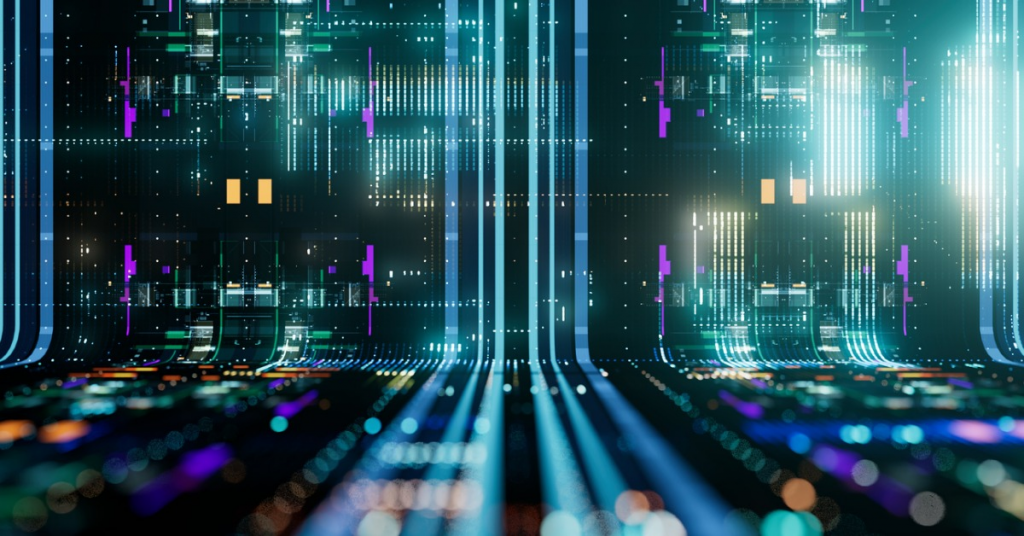As the world becomes increasingly digital, cybersecurity is evolving at an unprecedented pace. One of the most significant drivers of this change is Artificial Intelligence (AI), which is transforming how organizations protect themselves from ever-growing cyber threats. The adoption of AI-powered cybersecurity tools is set to revolutionize the industry, making it smarter, faster, and more effective.

AI is playing a crucial role in threat detection, vulnerability management, and risk assessment. AI systems are capable of analyzing vast amounts of data in real-time, identifying patterns that would be impossible for human analysts to detect. This allows for quicker response times to emerging threats, such as ransomware attacks or data breaches. A prime example is Balbix’s AI-powered Cyber Risk Assessment tool, which uses AI to provide actionable insights and help organizations identify critical vulnerabilities, reducing the time and cost traditionally required for risk evaluations

Moreover, AI can automate many tedious tasks within cybersecurity, such as patching systems and responding to alerts, freeing up valuable time for security teams to focus on more complex issues. This automation is especially crucial in hybrid cloud environments where the complexity and volume of data make traditional methods inefficient

However, AI’s rapid expansion in cybersecurity brings its own set of challenges. There are concerns about the energy consumption of AI models, as the power required for large-scale AI operations can be significant. As organizations increasingly rely on AI to handle security tasks, the need for energy-efficient solutions is becoming more apparent. Tech leaders are exploring ways to make AI systems more sustainable, including AI-driven cooling technologies for data centers and the development of quantum-based AI frameworks
The future of AI-powered cybersecurity is not just about improving current systems but also about redefining the way security is approached. In 2025 and beyond, we can expect to see AI playing an even greater role in mitigating cyber risks, all while addressing energy and sustainability concerns. As the technology matures, organizations will increasingly rely on AI to build more resilient and efficient cybersecurity infrastructures, ensuring their systems remain secure in an ever-evolving digital landscape.
For more information on the latest in AI and cybersecurity, visit the sources like Palo Alto Networks and Balbix



